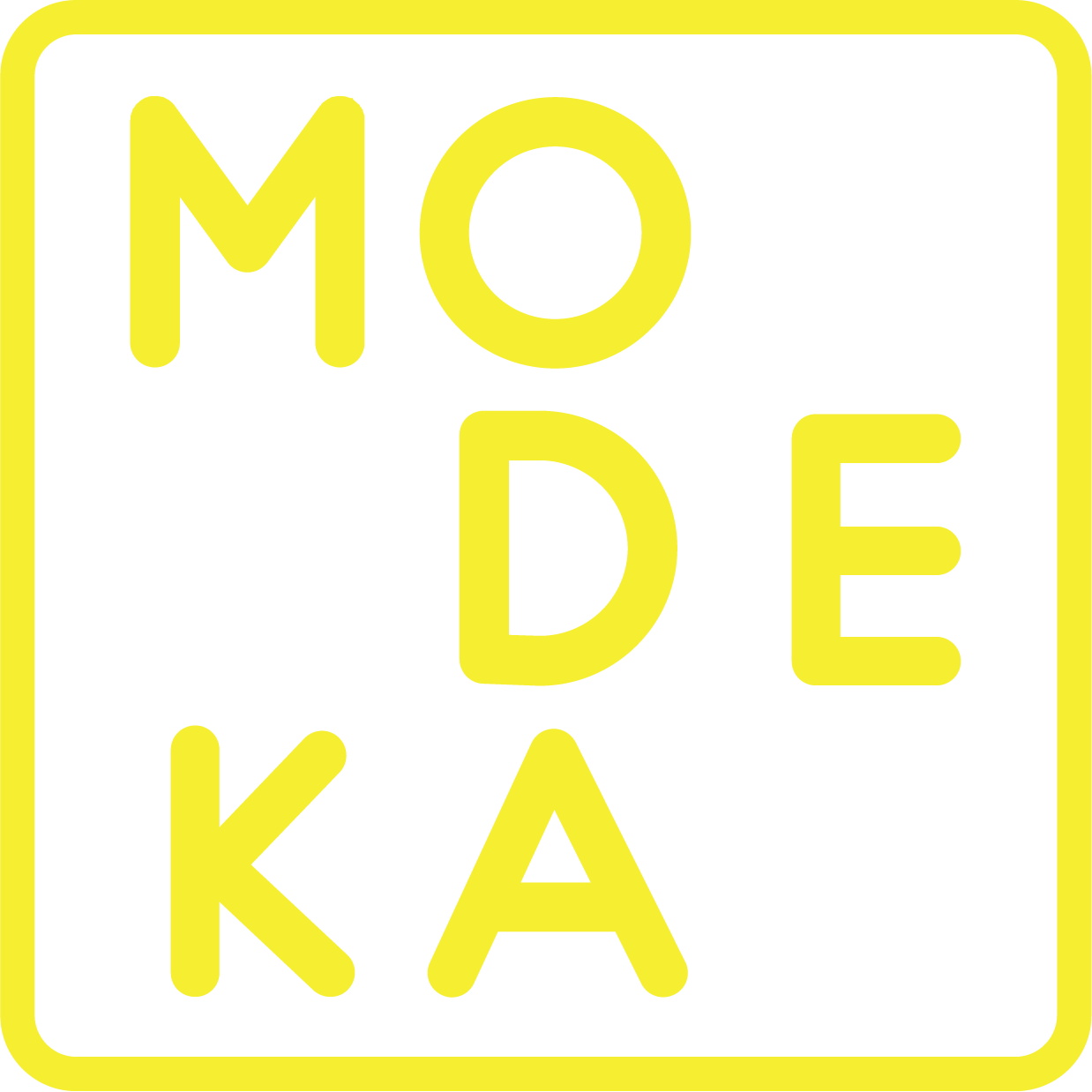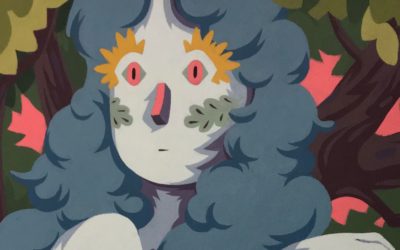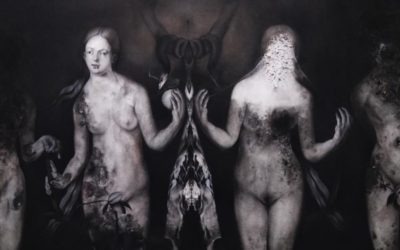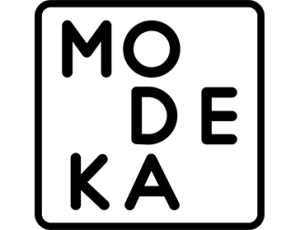Group Exhibition
Maria Islands
Showing between September 30 – October 21, 2023
FEATURED ARTISTS
Bianca Carague
Celine Lee
Erik Peters
Is Jumalon
Luis Antonio Santos
Miguel Lorenzo Uy
CURATED BY
Stephanie Frondoso
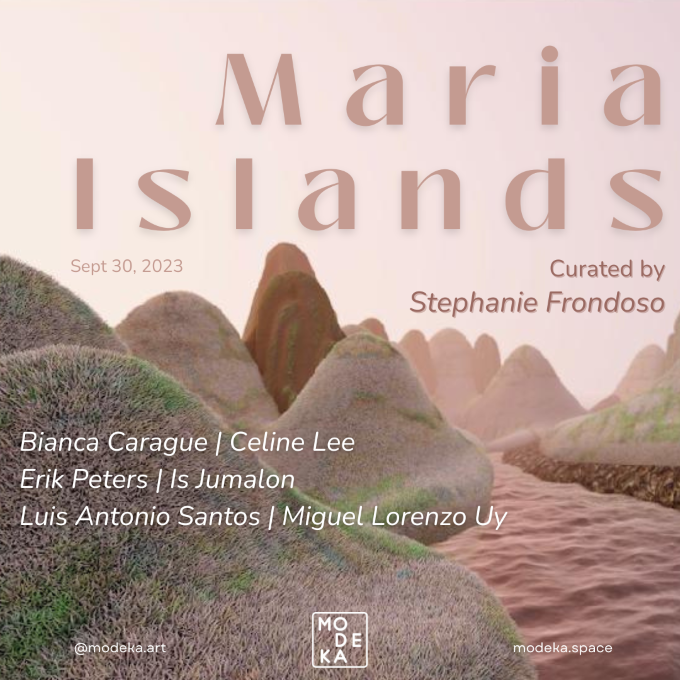
Group Exhibition
“Maria Islands”
Maria Islands is a fictional archipelago. Here, new species, cultures and technologies have emerged as a response to social and ecological crises.
The exhibit’s thematic framework was initiated by Rotterdam-based artists Bianca Carague and Erik Peters, as the second iteration of a speculative worldbuilding project. Together with Philippine artists Celine Lee, Is Jumalon, Luis Antonio Santos, and Miguel Lorenzo Uy, they have created an island group made of debris. The archipelago is shaped by imagined landscapes, populated by hybrid and artificial creatures, and punctuated with curious artefacts.
Southeast Asia has become a destination where Western nations ship, dump and forget about their waste. Some of this waste ends up in The Great Pacific Garbage Patch, a collection of marine debris in the North Pacific Ocean. Ocean currents gather the waste there, and it has become an island of its own. The Netherlands is one of the contributors of trash exports to Southeast Asia, and the Philippines, which already ranks world’s highest as an ocean plastic polluter, is one of those countries burdened with such exports. This issue has caused political tension, among other problems. As coastal cities, both Rotterdam and Manila share the urgent need to address the crises. While the Netherlands is known for geo-engineering– large scale interventions to natural landscapes, the Philippines has a rich pre-colonial history of cultural beliefs. Both countries have different crucial perspectives to healing our planet: approaches that seem contrary but are in fact complementary.
Pre-colonial Philippines was largely animistic, holding beliefs that spirits are everywhere. A popular legend is that of Maria Makiling, a beautiful mountain spirit who protects nature. She is believed to reside in Mount Makiling, a mountain in the shape of a woman’s body. Through colonization and the introduction of Catholicism came a new persona, the Blessed Virgin Mary. Both Marias are thought to be beautiful, kind, and are called upon for guidance. From them, a new techno-deity named Maria brings the islands to life.
Bianca Carague sculpts imaginary artifacts from Maria Islands. The first one, Haliya Blossom, is a unique species that emerged—a small aquatic flower found on the ocean’s surface. It is plump with leachate (garbage juice) that it absorbs from the land. Apart from its environmental benefits, this keeps the flower hydrated within the very warm environment. Its reflexive skin keeps it from withering under the sun. The flower is named after a Bicolano warrior goddess who wears a mask to hide her beauty.
Her second artifact, Ilog Maria Vessel, is a sculptural jar that the people of Maria Islands fill and pray over to record their thoughts and intentions. Once filled, they place the vessel under the sun to evaporate so that the water can join the Sky River that takes these streams of information to faraway places. These two artifacts can also be found in Carague’s video work presented in the show. To accompany the objects, she also created a scent reminiscent of grass, burning plastic, tar, and sea water.
Erik Peters presents another new floral species in his audio-visual installation The World’s Green is Rotting Lime. The work follows the discovery of a new parasitic flower morphospecies that has evolved to adapt to the infiltrating amounts of microplastics found in the earth’s layers. “The story takes place in the Cacupangan cave system in Pangasinan, (which is) a subterranean kilometers-long labyrinth of tunnels and underground rivers. Taking its color from the acidic green plastics of Mountain Dew soda bottles, (a plastic that) is commonly upcycled and repurposed across rural provinces, the history of the flower reveals a history and a future far beyond its isolated habitat.” The work’s audiovisuals are in collaboration with Ymer Marinus, translated and narrated by Jao San Pedro. Its accompanying scent design is created using Mountain Dew liquid, dried Raffleschia Arnolii (corpse flower), dying orchid petals and lime juice.
Xenofossils is a series based on Peters’ ongoing research on the use and development of artificial coral reefs. Such reefs are a human intervention used to fight the extinction of this fundamental life form. The sculpture is made in collaboration with ceramicist Funda Baysal using ceramic 3D printing as a process of reconstructing natural material, drawing parallels between print layers and geographical layers. “Visitors have a chance to immerse themselves in the work to get to know the symbiotic and unified voice of the coral. What might they tell us about their experience of the world, which now find itself between organic and synthetic matter?”
In his second audiovisual installation How to Wake up Ghosts, Peters’ artificial coral structures are co-created with artificial intelligence models. The script (in collaboration Lorena Solis Bravo) is co-created with a machine learning model called GPT-2, which is fed from an amalgamation of writers and critics: Donna J. Haraway, Bruno Latour, Timothy Morton, Jean Baudrillard, and Anna Lowenhaupt Tsing. The resulting entity gives a poetic reflection from more-than-human perspectives, as its existence is mediated through technologies, and it co-exists as a hyper reality. “As a plural entity, its being carries opposing perspectives on what it means to be alive in this post-natural world.”
By the entrance to the gallery is a mountain of trash from which Tagalog prayers emanate. Miguel Lorenzo Uy uses audio exciters and an amplifier to transfer sound energy to found objects such as an empty paint bucket and a cooking vessel. The prayers, which “evolve from Panginoon to korporasyon” (God to corporation) seek guidance in responsible trash disposal and care for the environment. They remind us of evangelical television broadcasts previously popular in decades past, now becoming words of supplication and worship in a fictional new era.
The sculptural neon light of Luis Antonio Santos appears to be supporting the glass box structure above it. Installed in the middle of the gallery space, it seems to crack the space with what could be a bolt of light or a twisting stream of luminous water, flowing outside the laws of gravity– a marker and portal between multiple dimensions. Is Jumalon paints a tree trunk that has been chopped, portraying its cracks and creases to resemble a field from the macro view. Her aim is to challenge the view’s perception by presenting them an image of a landscape that is somewhat vague yet strangely familiar. “And from that familiarity, I am inviting them to a subjective mental process of piecing together the image.” She imagines the archipelago as a habitat that has already become barren.
As if on display in a museum, a fragment of handmade abaca paper printed with a distorted grid is encased within a protective cube. Celine Lee imagines that most plant species have become extinct on Maria Islands, and this museum artefact is one of the objects that show proof of former plant life and their function for humans. Abaca (or Manila hemp) is the name given to strong fibers that come from the leaf stalks of an inedible banana native to the Philippines.
The artists have portrayed Maria Islands using various media: video, sculpture, scent design, sound, print, painting, and installation. By engaging multiple senses, they encourage the audience to imagine different layers and dimensions to what this fictional archipelago could be like. In this post-truth future, natural and human-made ecosystems fuse and form new entities and alliances. We are taken on an ecopoetic, reflective journey of possibilities.
Text by Stephanie Frondoso
To book a private viewing or to request for the digital catalogue, use the forms below or contact us at info@modeka.space , call (+63) 916 6976 671 or (02) 5310 3771.
View the latest information on COVID-19 restrictions before booking.
AVAILABLE ARTWORK
Get digital catalogue.
Gallery.
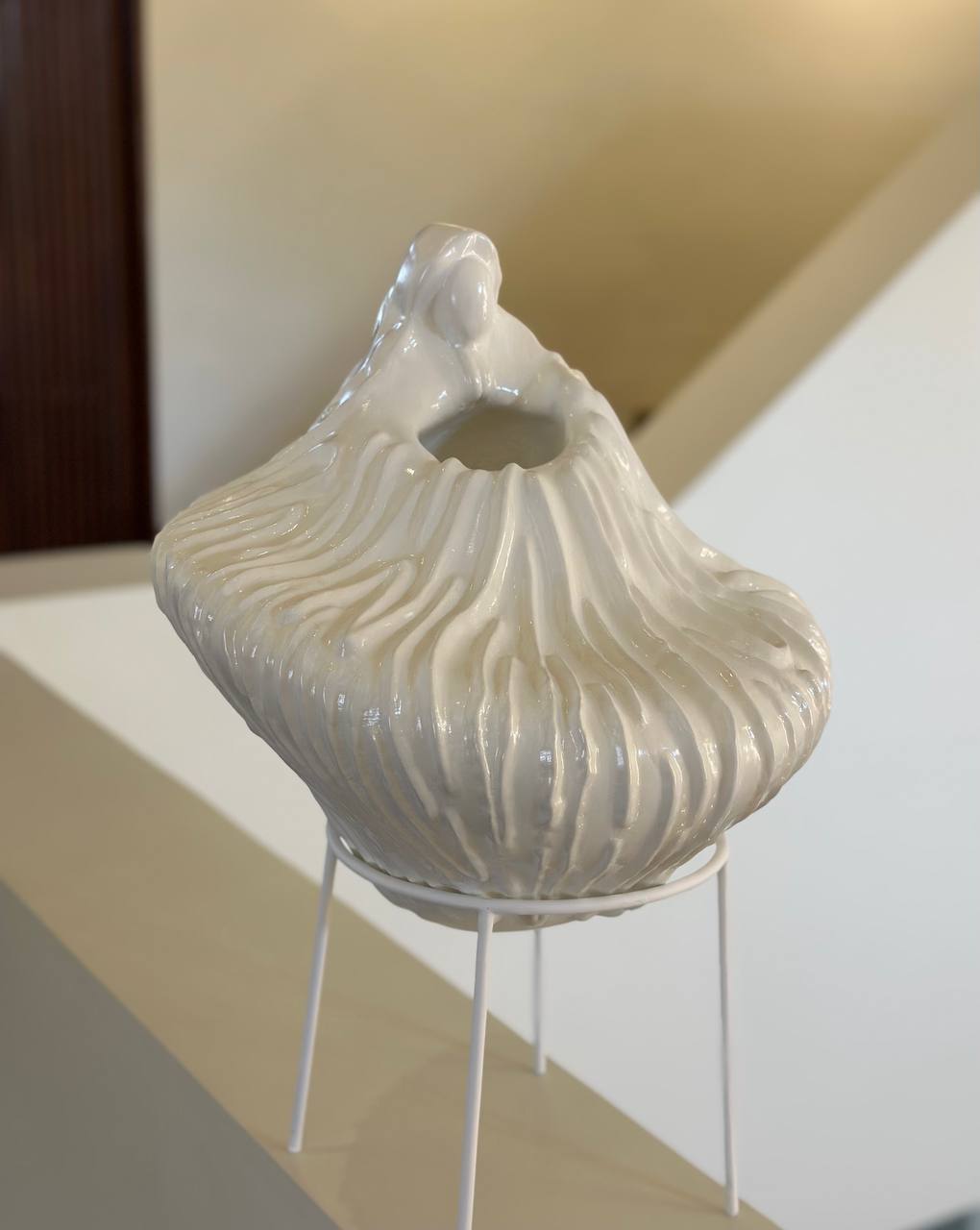
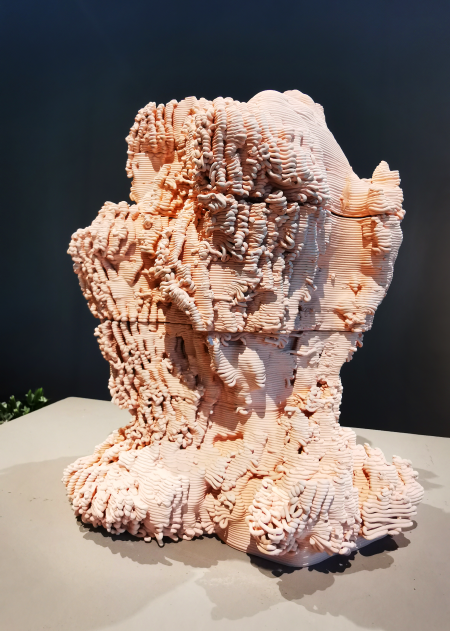

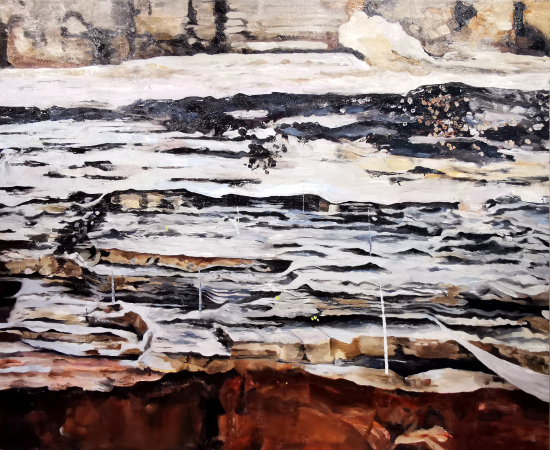
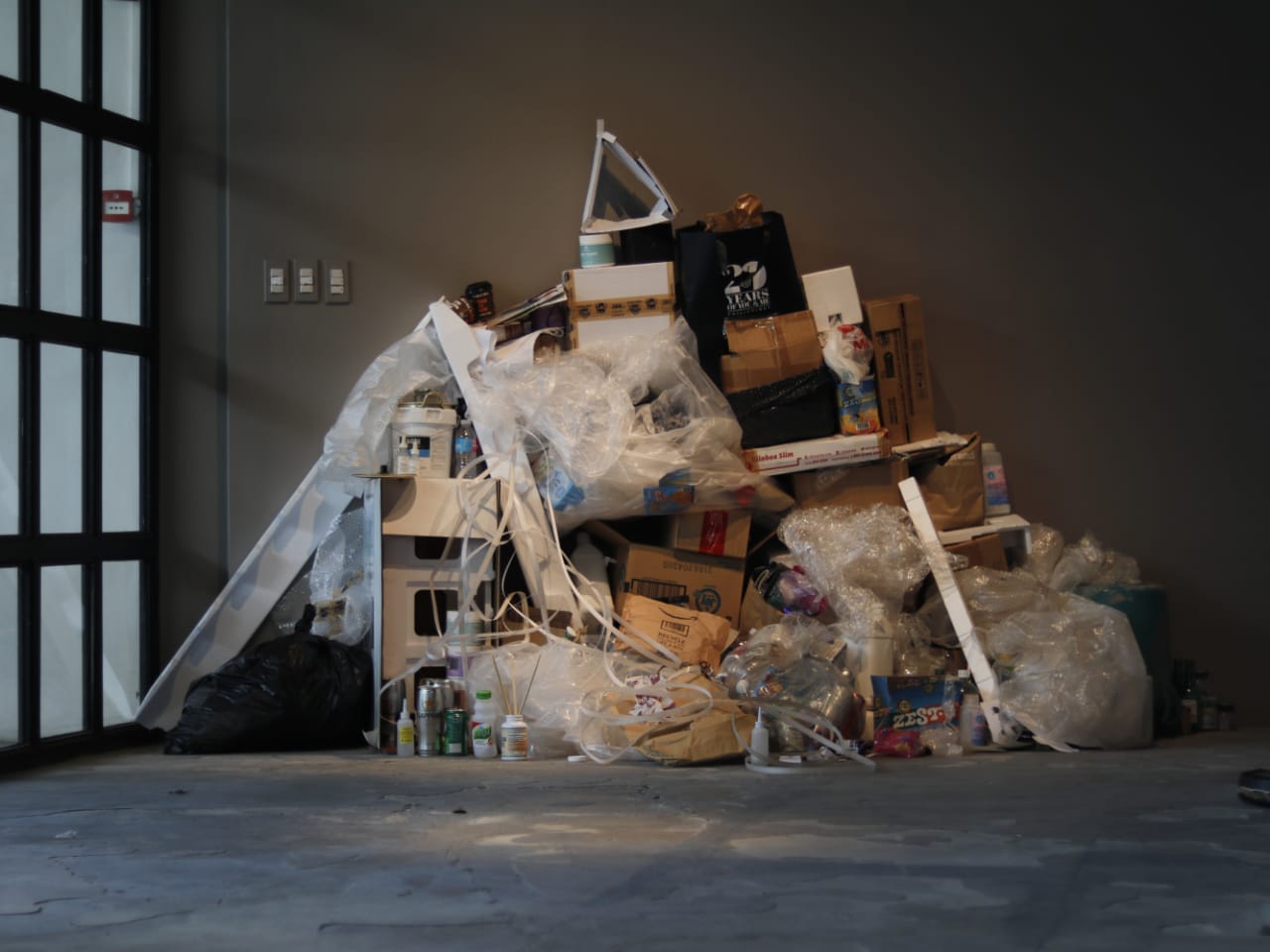
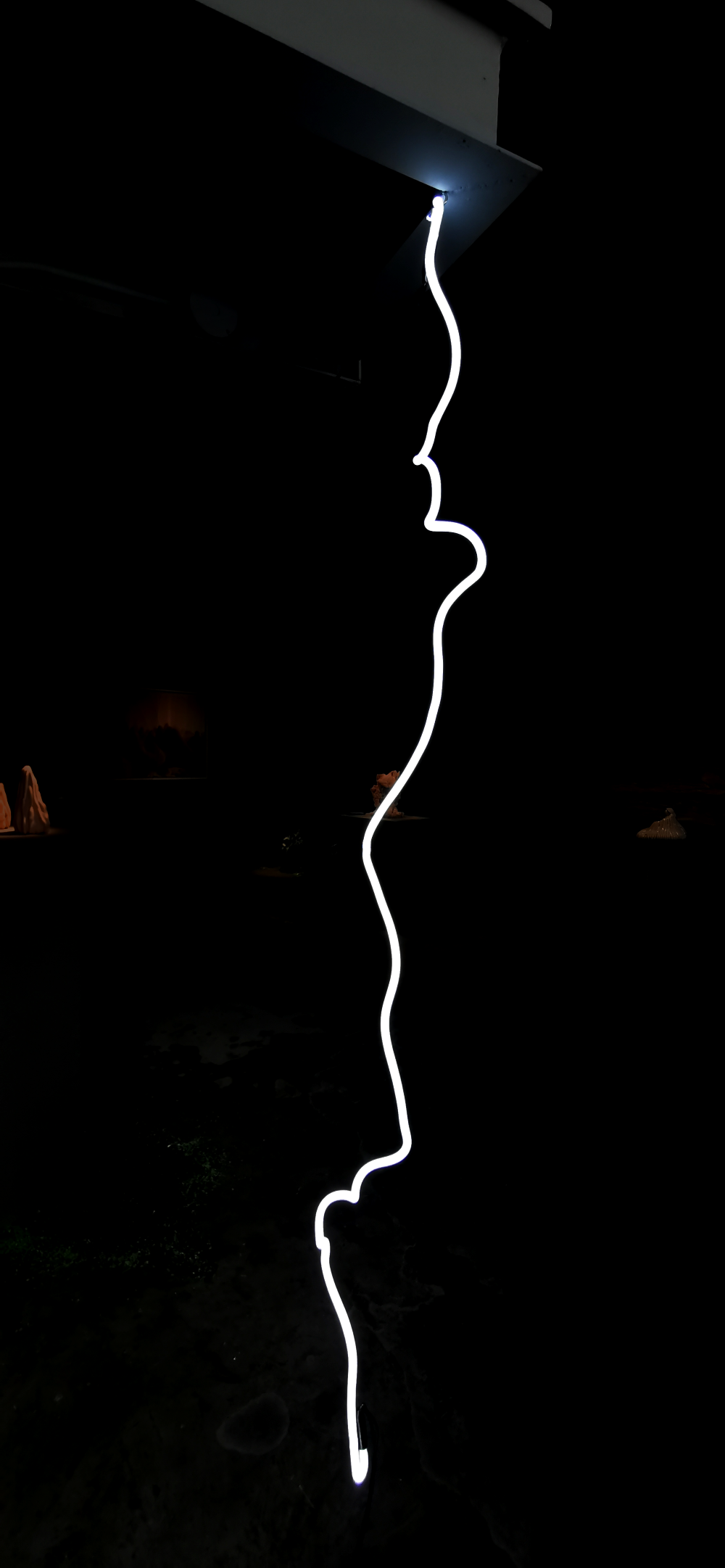
Get digital catalogue.
Explore exhibitions
Kontradestruction | Group Exhibition
Artists should create in order to destroy. It is the simple yet exceptional formula reserved for individuals whose passion lies in producing objects. To build is to destroy, to destroy is to build. To create is to destroy what was once built. To paint is to cancel out and destroy another artist’s brush strokes, so to speak—one’s old, previous, and bygone brush stroke.
Homemade | Group Exhibition
The idea of ‘home’ becomes the pillar for this dynamic repertoire on inter-relatedness. ‘Home, as something you go back to,’ as described by Benjie Cabangis. ‘It is the idea–of returning to the self or an actual home—that there is something to which we can consistently go back to, which is an important aspect in the dynamic of art production.’
Open House 2024 | Group Exhibition
Modeka Art’s OPEN HOUSE 2024 continues embracing the original spirit of the Artist Open House movement, blending its original ethos with a contemporary flair. This year’s edition proudly features over 40 local and international artists, showcasing a diverse array of artworks
Explore Artists
Jay Francisco
This series of paintings by Jay Francisco is inspired by branching out of his comfort zone, personally and artistically.
Dennis Occeňa
Dennis Occena uses charcoal and oil paint as his primary media in painting, while simultaneously experimenting and exploring other media.
Gabe Naguiat
Gabe Naguiat draws inspiration from graphic design, quantum physics, metaphysics, ancient cultures, and explores these themes through the materiality of spraypaint – a medium that stems from his artistic roots in urban art.
